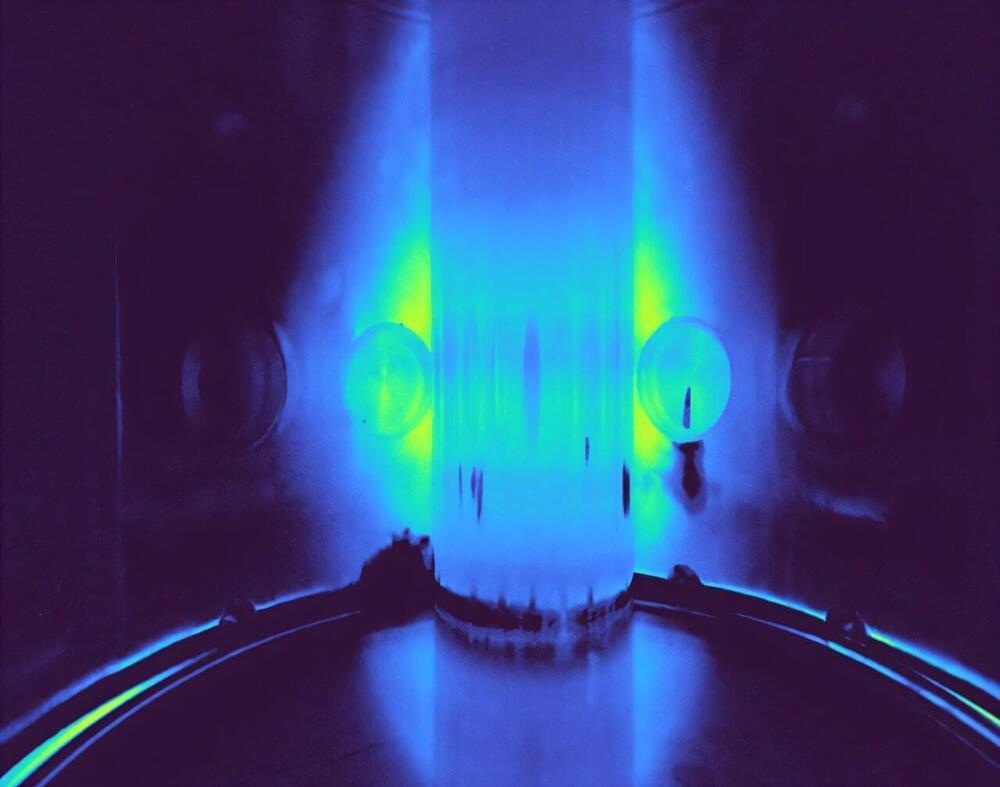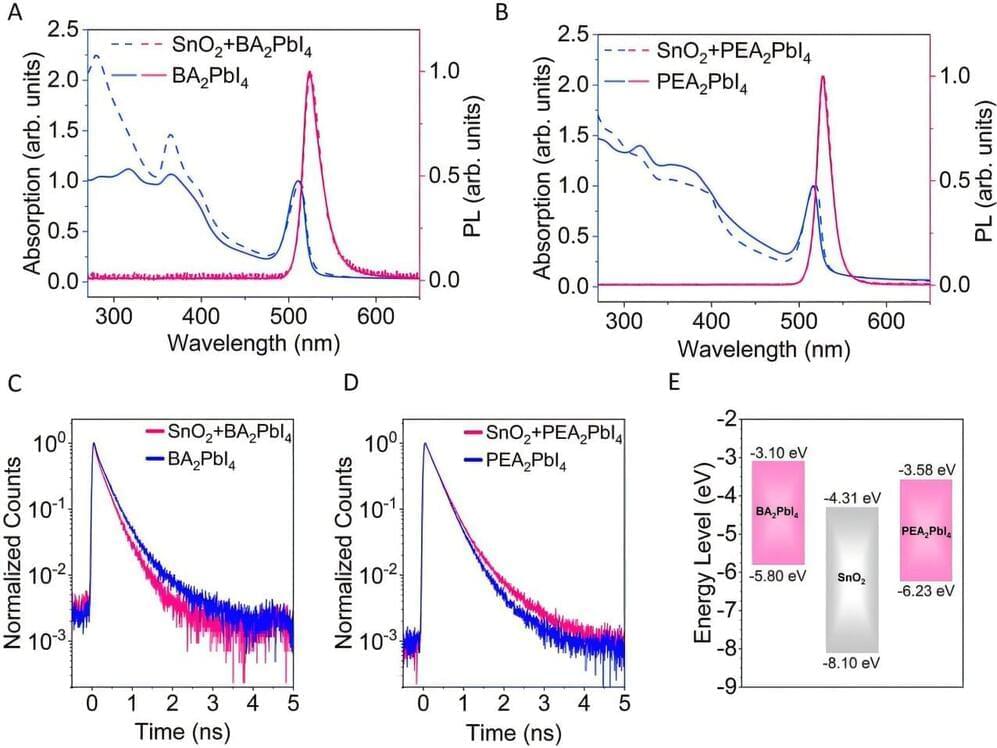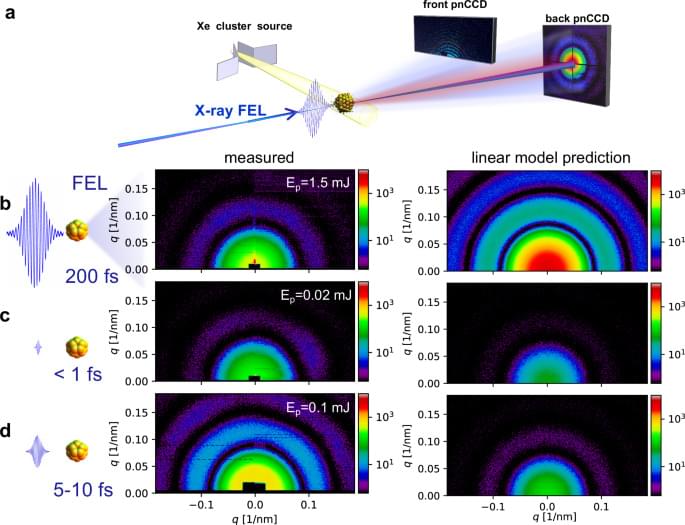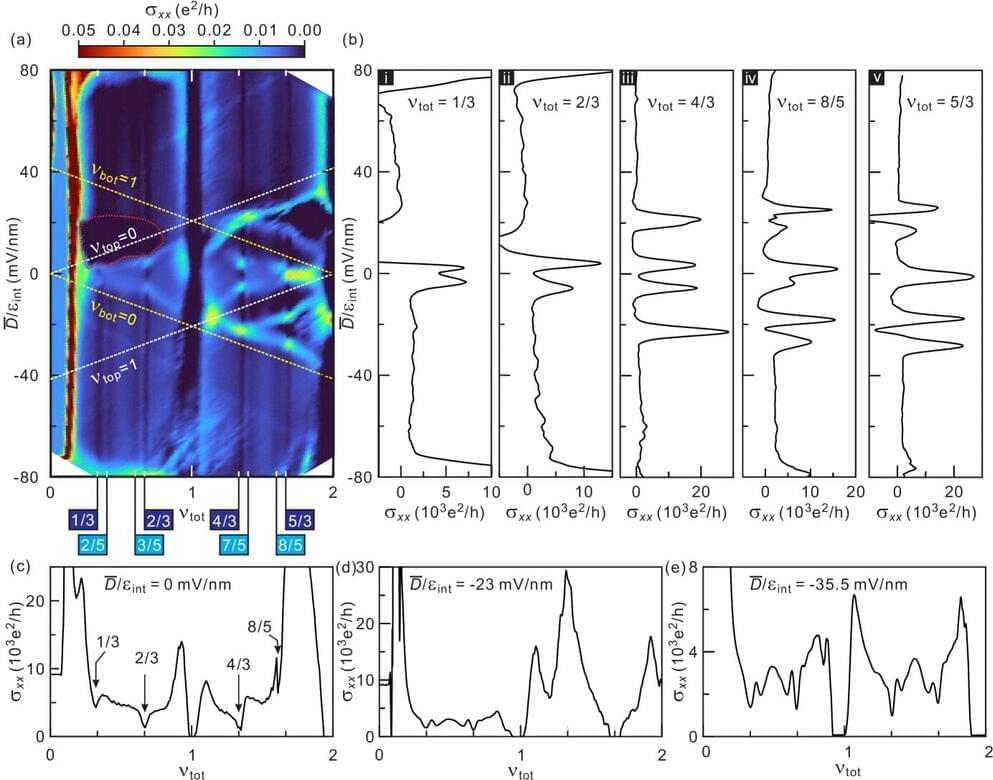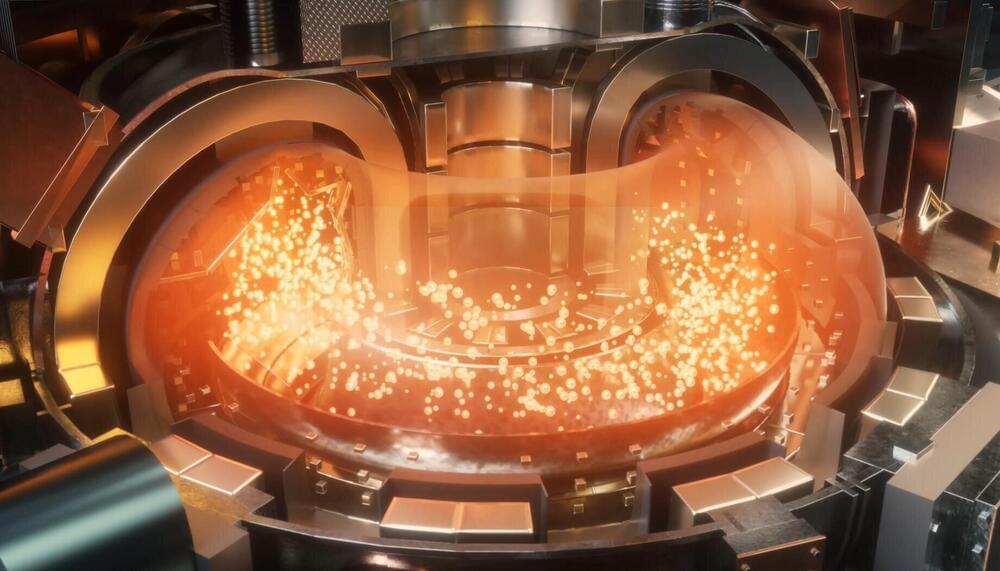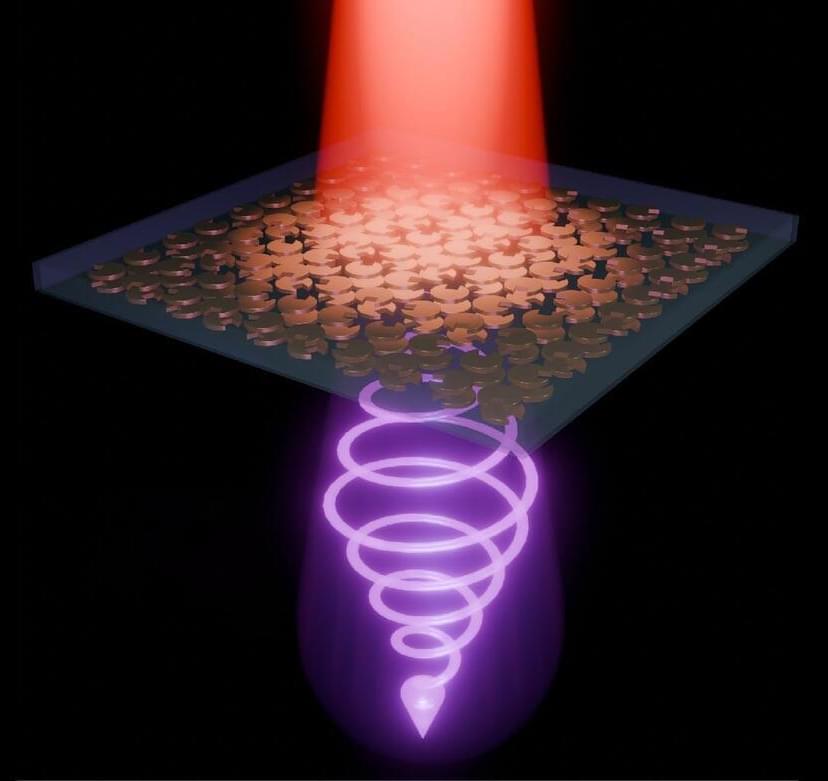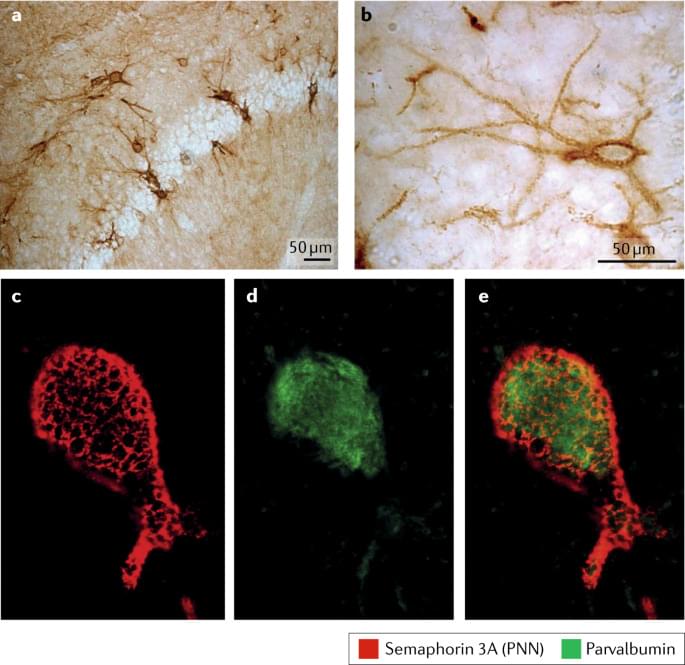Ferroelectrics at the nanoscale exhibit a wealth of polar and sometimes swirling (chiral) electromagnetic textures that not only represent fascinating physics, but also promise applications in future nanoelectronics. For example, ultra-high-density data storage or extremely energy-efficient field-effect transistors. However, a sticking point has been the stability of these topological textures and how they can be controlled and steered by an external electrical or optical stimulus.
A team led by Prof. Catherine Dubourdieu (HZB and FU Berlin) has now published a paper in Nature Communications that opens up new perspectives. Together with partners from the CEMES-CNRS in Toulouse, the University of Picardie in Amiens and the Jozef Stefan Institute in Ljubljana, they have thoroughly investigated a particularly interesting class of nanoislands on silicon and explored their suitability for electrical manipulation.
“We have produced BaTiO3 nanostructures that form tiny islands on a silicon substrate,” explains Dubourdieu. The nano-islands are trapezoidal in shape, with dimensions of 30–60 nm (on top), and have stable polarization domains.
